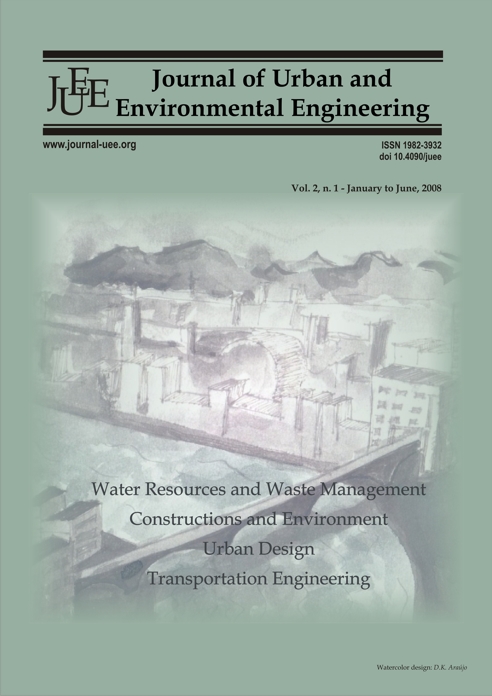MODELING SIMULATION OF SEDIMENT ANALYSIS FOR MALAPRABHA RIVER IN KARNATAKA STATE, INDIA <a href="http://dx.doi.org/10.4090/juee.2008.v2n1.008013" Target="_blank">(doi: 10.4090/juee.2008.v2n1.008013)</a>
DOI:
https://doi.org/10.4090/juee.2008.v2n1.%25pKeywords:
Allochthonous, re-suspension velocity, burial velocity, transects porosityAbstract
Transport, settling and quantity of solutes in rivers, streams, lakes and reservoirs are the important aspects in water-quality modeling. This has been the major concern for the researchers, scientists and engineers for the last 50 years who actively involved in water quality modeling. Consequently, characterization of hydrodynamics and water budgets has been an essential component in the water–quality modeling. This paper presents on the simulation model for sediment transport, solids budget, bottom sediment as a distributed system under steady-state condition, and resuspension of solids due to currents etc. The solids considered for the study was mainly allochthonous as these are inorganic in nature and the rate of decomposition is negligible. The data collected refers to the part of the research work on Malaprabha River, near Belgaum – a district headquarters in the State of Karnataka, India. This river is a non-perennial one, and the flow is very less during the pre-monsoon period, which is favorable for application of these sediment models. The results obtained for the resuspension and burial velocities showed marked variations during the different seasons of the year. Resuspension velocities predominated during the monsoon period resulting in the non-settlement of the solids and the burial velocity during the non-monsoon period. As the river receives raw sewage from an adjoining town – Khanapur, and also the agricultural discharges, it is worth to quantify the sediment deposition in the stream.Downloads
Download data is not yet available.
Downloads
Published
2009-04-27
Issue
Section
Articles




